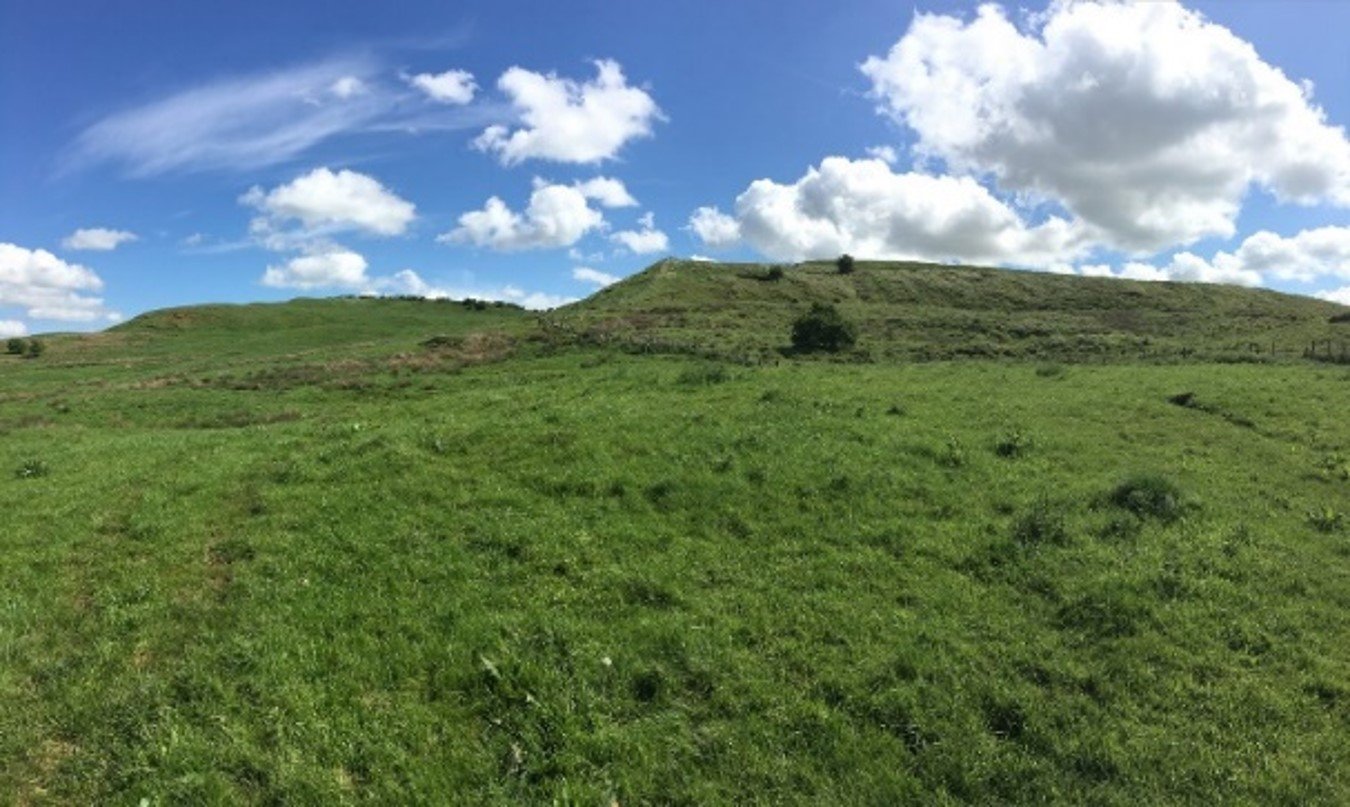A jewel in the geological crown of Lincolnshire
The Lower Cretaceous ‘East Lindsey Group’
WEBINAR
7th February 2024 19:00 GMT
by Paul Hildreth
(Former YGS President)
Abstract
Originally prepared as my second presidential address for President’s Day in December 2020, then rescheduled for delivery in June 2021 in Scunthorpe, this now twice-postponed talk has survived the Covid epidemic and is hoping for ‘third-time-lucky’.
The county of Lincolnshire is often overlooked as a venue for geology field trips and even research but it possesses several opportunities for examining significant and interesting exposures. The Elsham Sandstone is a unique, local deposit within the Kimmeridge Clay Formation and, at Welton-le-Wold, neighbouring sites offer exposures of three glacial tills and an earlier interglacial gravel deposit.
The county’s jewel in the crown however is the under-published Lower Cretaceous sequence coeval, at least in part, with the very well-known Wealden Group of south east England and the enigmatic Speeton Clay of Filey Bay. This ‘East Lindsey Group’ is unique to Lincolnshire. It thins northwards to feather out north of Caistor and experiences facies changes in the area beneath The Wash which pass into an East Midlands suite transitional with those of the south of England.
The impact of the ‘East Lindsey Group’ is threefold. It has influenced the shape of the western edge of the Lincolnshire Wolds producing an attractive fringing landscape between the broad Upper Jurassic (Oxfordian - Kimmeridgian) clay vale and the Chalk scarp. It has supplied three locally-important and distinctive building stones that can be recognised in the villages and towns of East Lindsey. It has provided the raw material, ironstone, for a relatively short-lived but locally important mining industry, the scars of which are still visible in the hillsides and valleys of the Claxby and Nettleton area.
The various lithologies and palaeontology of the rocks comprising the ‘East Lindsey Group’ allow for a reconstruction of the palaeogeography of the Lincolnshire area during early Cretaceous times (145 – 113 million years ago) and its relationship with other parts of the present-day United Kingdom.
Biography
Though resident on the ‘wrong side of the Humber’ since 1978, I was born in Norton, formerly in the East Riding, so can claim true Yorkshire status. I attended Malton Grammar School where I discovered an ever increasing interest in physical geography and chemistry that eventually led to a discovery of geology.
I graduated with Honours in Geology from Birkbeck College, University of London, after following a 4-year part-time degree course while employed as an Assistant Experimental Officer with the Institute of Geological Sciences (now BGS) in South Kensington.
My IGS work was mainly within the South East England Unit where I was given the opportunity to log cored boreholes, visit temporary sections and, during the winter months, compile the indices of various Wealden memoirs.
In 1970 I became a Logging Geologist on offshore hydrocarbons exploration projects that took me to Spain, Greece, Japan, South Korea, the North Sea (UK and Norwegian sectors) eventually became Well-site Geologist in 1974.
I had always wanted to teach so, in 1975, after buying my first house, on Flamborough Head, I enrolled on the one-year PGCE course in Geography at the University of Hull and then began my teaching career in Scarborough before moving to North Lincolnshire in 1978. Here I taught mainly Geography and Geology (11-18) until my retirement from full-time employment in 2005. I then enjoyed a period of part-time teaching at Wyke Sixth Form College in Hull until 2011 and it was during this time that I was elected President of the Hull Geological Society and joined YGS Council.
On retirement I volunteered to take on the General Secretary role vacated by Trevor Morse and in that capacity took over the coordination of Yorkshire Geology Month in 2013.
I served as YGS President for 2019 -20 succeeding Andy Howard then resumed the General Secretary role in an acting capacity from 2021 to 2023.
My commitment to education and outreach continues in schools and with local groups and societies. I was awarded the Geologists’ Association (London) Halstead Medal in May 2021 for my services to geology, which was presented aptly on the YGS outdoor meeting at Skipsea in July 2021.
My current research is on ichnofossils, sponges and large flints in the Chalk. I believe that there is a need for scientific classification of the latter and for a clarification of terminology, in particular when describing ‘paramoudra’ and ‘potstones’.




